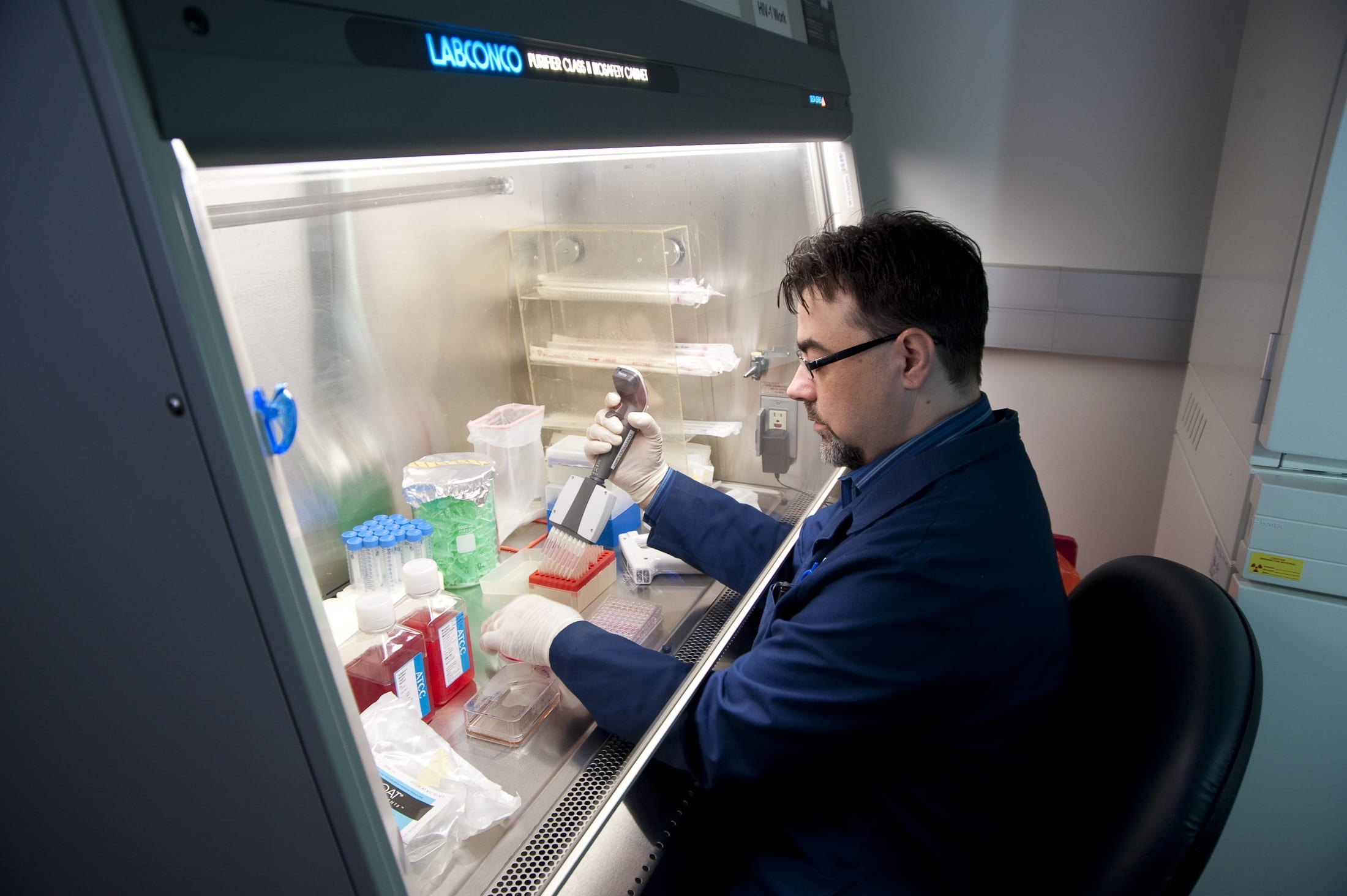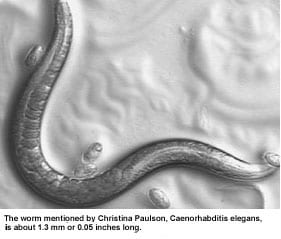Once hunted to near-extermination, the Northern Rocky Mountain gray wolf reached an important milestone recently. With a population estimated at 1,500, the wolf re-established itself in the Yellowstone National Park area, and in March 2008 the U.S. Fish and Wildlife Service removed it from protection under the Endangered Species Act.
Almost immediately, hunters began petitioning the state offices of Idaho, Montana and Wyoming for permits to hunt the wolves, perhaps down to as little as 20 percent of their current numbers in some areas. Such a weighty issue begs the questions: How much hunting is safe for a given species? How many gray wolves can die before the species loses its chance at recovery?
| Gray Wolf. Credit: John & Karen Hollingsworth/USFWS |
Understanding the market forces that drive these environmental decisions is a vital yet missing piece of public policy on natural resource management, says Santanu Roy, SMU professor of economics in Dedman College and 2007-08 SMU Ford Research Fellow.
An expert in dynamic economic models and microeconomic theory, Roy focuses on the economics of natural resources and the environment.
Central to Roy’s model for managing biological species is a concern about how population size and uncertainty affect the flow of benefits and costs from the harvesting of resources and what it means for conservation and extinction when resources are managed optimally over time.
“The traditional model of biological harvesting usually considers only the market value and benefits of using these resources,” he says. “But there is an increasing consciousness of the value of biodiversity, that a species might be very valuable someday because of the biodiversity it helps provide.”
The traditional view of natural resources in general, and of biological species in particular, is as an investment asset, as something speculators can own or privatize, liquidate or conserve, Roy adds.
“These simple comparisons have to be abandoned,” he says.
As an example, Roy focuses on the critically endangered blue whale. Suppose an individual gained the right to own the entire stock of blue whales in the oceans, he says.
“If the blue whale population were doubling every year, it would be worth conserving from an investment standpoint. But, at present, it is growing at only 2 percent to 5 percent a year,” Roy says. “If you take all the available blue whales now, sell them at market price, put the money in the bank and enjoy the interest for the rest of your’s and your children’s lives, that’s more money than you could make by cultivating whales forever.”
 |
| Gray Wolf. Credit: Tracy Brooks/Mission Wolf. |
But this approach fails to consider several factors unique to species, he says.
“There are peculiar challenges that come from the biological side of the story,” Roy says. “And these challenges must become part of the equation.”
One is the possibility of what biologists call depensation, if a population becomes too small, it collapses and cannot grow anymore.
“The International Whaling Commission basically stopped all harvesting of blue whales 30 years ago,” he says, “but the population hasn’t recovered. They don’t meet each other to mate that often.”
Another factor in Roy’s model is stock dependence of cost.
“If you take $100 out of your checking account and have a party, the enjoyment you get will not depend upon how much money you have left in the bank,” he says.
 “That’s not true for biological species, which become more and more costly to harvest as their populations shrink,” Roy says. This is one reason why species like the blue whale, almost paradoxically, stop losing their numbers once they are near extinction, he adds.
“That’s not true for biological species, which become more and more costly to harvest as their populations shrink,” Roy says. This is one reason why species like the blue whale, almost paradoxically, stop losing their numbers once they are near extinction, he adds.
“If you’ve ever gone fishing,” Roy says, “you know that it’s very difficult to fish if there are very few of them.”
Conversely, if a population is large, its harvesting cost becomes small — a condition that took a toll on the American bald eagle in the past century, Roy says. Protections for the bird allowed its population to grow rapidly. The resulting easy harvesting gave hunters an incentive to drive them nearly to extinction.
“When a population increases, at some point it sharply decreases, because it becomes very economical to harvest,” he says. “These are the critical moments at which species can become extinct.”
Roy hopes his research will help steer public policy toward more intelligent management of biological issues, especially regarding extinction, he says. The U.S. government has long held “safe standards,” meaning the point at which a population is greater than a size critical to survival, as its conservation yardstick. But Roy’s work has shown that “some species may never be safe,” he says.
“The thing most lacking in public policy right now is that it doesn’t understand individual cases,” he adds. “We need to take much more of the available scientific information into account. What’s good for one species is not good for another.”
Roy, who joined SMU in 2003, earned his Ph.D. degree from Cornell University. He has published his work in the “Journal of Economic Theory” and other publications. — Kathleen Tibbetts
Related links:
SMU: Economics of extinction
Santanu Roy
USFWS: Gray Wolf news, info and recovery status reports
USFWS Video: Gray Wolves![]()
SMU Department of Economics
Dedman College of Humanities and Sciences
 His years of research on creatures ranging from goats to antelopes to kangaroos indicate that smaller animals expend much more energy per pound to locomote. For example, a mouse expends 30 times more energy than an elephant in proportion to their weights, while human children use about twice as much energy as their parents to cover the same distance, he says.
His years of research on creatures ranging from goats to antelopes to kangaroos indicate that smaller animals expend much more energy per pound to locomote. For example, a mouse expends 30 times more energy than an elephant in proportion to their weights, while human children use about twice as much energy as their parents to cover the same distance, he says.





 Although the department is small, a synergy has developed from building a faculty that is focused on cellular and molecular biochemistry, Orr says.
Although the department is small, a synergy has developed from building a faculty that is focused on cellular and molecular biochemistry, Orr says.
 Krueger believes that pulsed jets, consisting of a series of jet pulses with no flow between them, is a promising approach to developing micropropulsion capability. He plans to develop a model system that propels itself using pulsed jets generated by a volume-displacement mechanism. The behavior of this representative vehicle will help reveal how to adapt pulsed jet propulsion for small-scale vehicles.
Krueger believes that pulsed jets, consisting of a series of jet pulses with no flow between them, is a promising approach to developing micropropulsion capability. He plans to develop a model system that propels itself using pulsed jets generated by a volume-displacement mechanism. The behavior of this representative vehicle will help reveal how to adapt pulsed jet propulsion for small-scale vehicles.